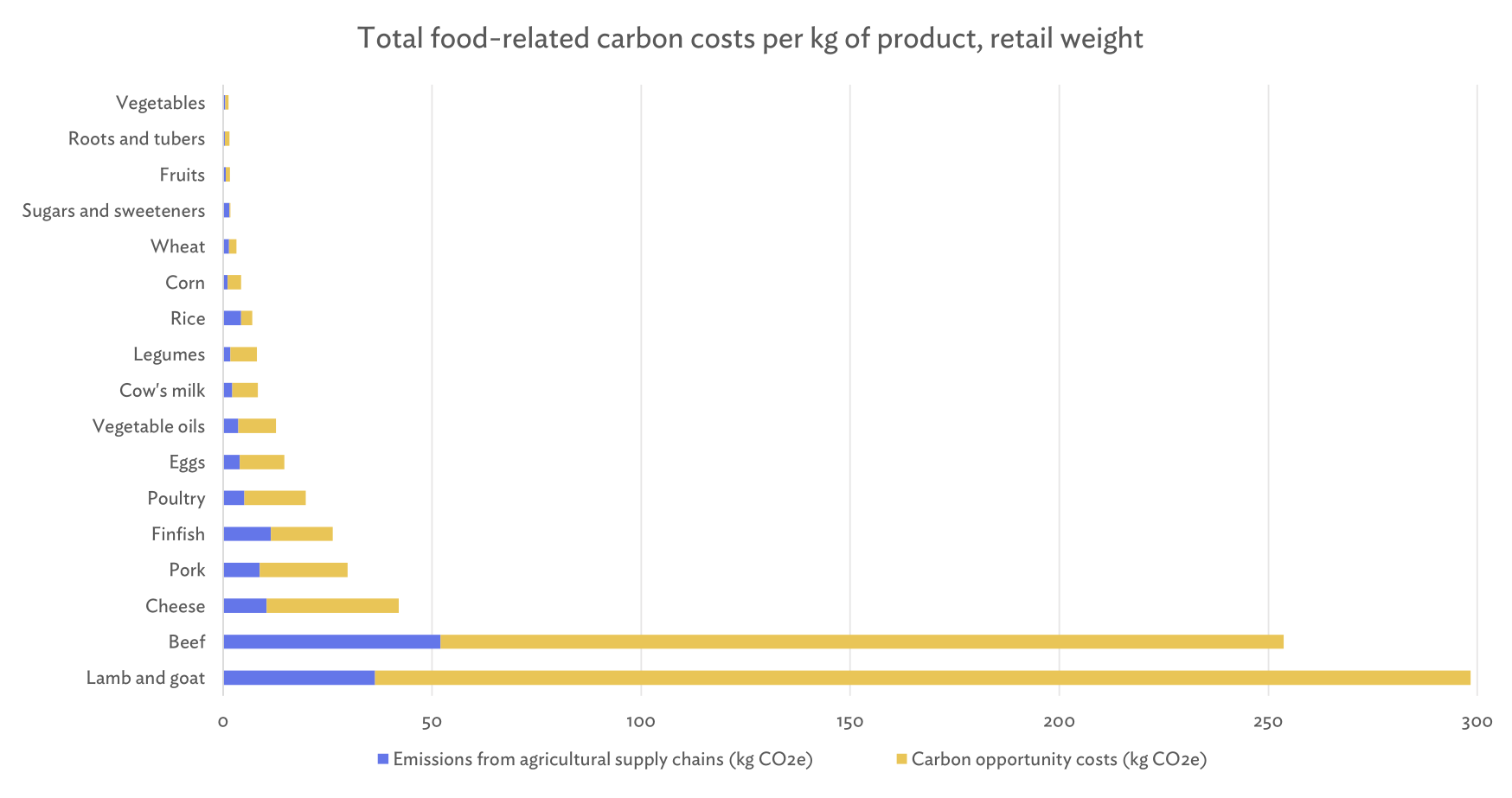In 2019, the University of Pittsburgh was among the first signatories — and one of the first universities worldwide — to join in the Coolfood Pledge, a global initiative led by the World Resources Institute (WRI) to cut food-related greenhouse gas emissions by 25% by 2030.
The Coolfood Pledge is a global initiative for organizations (health care, manufacturing, food, and universities) to commit to a target of reducing food-related greenhouse gas emissions while serving delicious, climate-friendly meals. More than 90 organizations serving a combined 2.8 billion meals are committed to the goal aligned with the Paris Agreement.
For calendar year 2024, Pitt’s food-related GHG emissions “per plate” (i.e., per 1,000 kcal) were down 34.76% from our 2017 baseline, performing better in GHG emissions per plate than both the average North American diet and other higher education Coolfood Pledge members.
Pitt has increased the amount of plant-based foods served, including plant-based milk substitutes, fruits & vegetables, and plant-based proteins, aligning with national dietary trends and food preferences. The renovation of The Eatery supported this effort through modifications to the dining environment that make choosing delicious sustainable meals even easier for diners.


